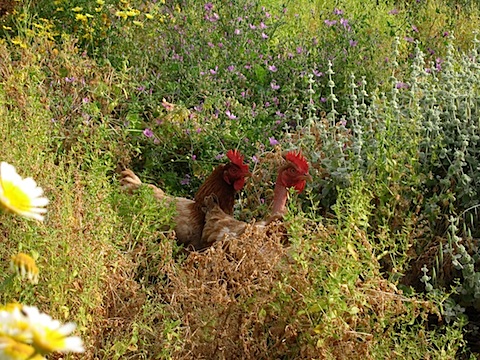Hot on the heels of the belated identification of the “penis pepper” depicted on Moche pottery comes more news of ethnobotanical detective work involving plant iconography. Natural historian and archaeologist Charles Zidar of the Missouri Botanical Garden and botanist Wayne Elisens of the University of Oklahoma looked at 2,500 images from southern lowland Maya (Belize, Guatemala and Mexico) ceramics dated to the Classical Period (AD 250 to 900). They focused on depictions of Bombacoideae, “which are easily identified morphologically and have culinary, medicinal, ceremonial, economic, and cosmological significance to the Maya.” Of the ten species present in the area, four or five were found represented on the ceramics.
“I was surprised that a variety of plants from this family were depicted,” says Zidar.
Among them is Ceiba pentandra:
Considered the “first tree”, or “world tree”, the ceiba was thought to stand at the centre of the Earth. Modern indigenous people still often leave the tree alone out of respect when harvesting forest wood.
The thorny trunks of the ceiba tree are represented by ceramic pots used as burial urns or incense holders, which are designed in a strikingly similar fashion.
Investigation of the plant images is continuing, and is being extended to animals. Here’s Zinder again:
By determining what plants were of importance to the ancient Maya, it is my hope that identified plants can be further studied for pharmaceutical, culinary, economic and ceremonial uses. More should be done to conserve large tracts of forest in order to properly study theses plants for their value to mankind.
LATER: By the way, there are some depictions of plants in Mayan art which have yet to be identified.
